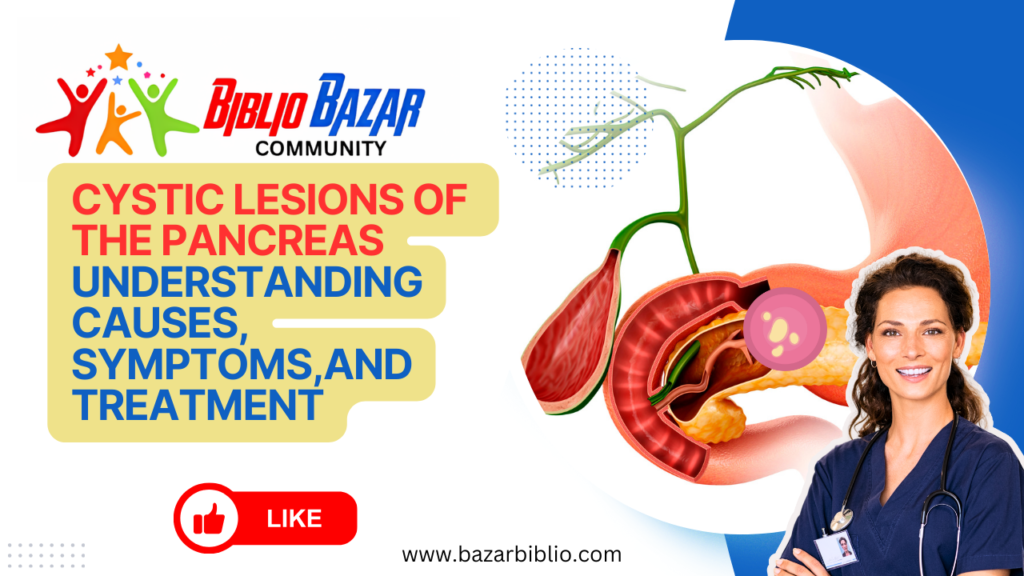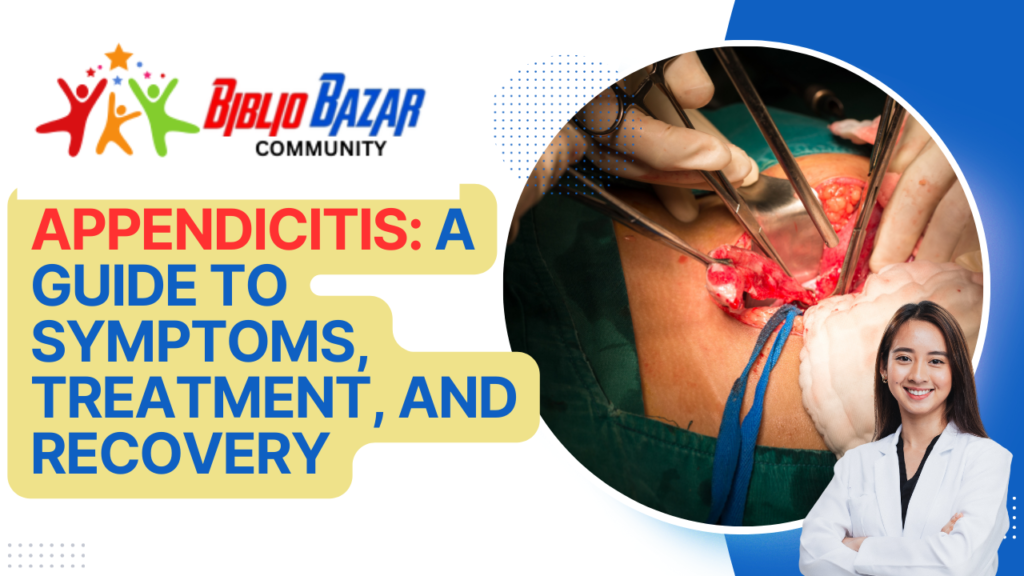
Cystic lesions of the pancreas are a diverse group of abnormalities that can be either benign or malignant. These lesions, often discovered incidentally during imaging for unrelated issues, vary widely in their nature and potential risks. While many individuals with pancreatic cysts remain asymptomatic, the condition warrants attention due to the possible implications for health, especially when there is a risk of malignancy.
What Are Cystic Lesions of the Pancreas?
Cystic lesions of the pancreas are fluid-filled sacs that form within the pancreas. They can be broadly classified into several types, each with unique characteristics and risks:

- Serous Cystadenomas: Generally benign, these cysts are more common in women and rarely become cancerous.
- Mucinous Cystic Neoplasms (MCN): Found predominantly in middle-aged women, these cysts have a higher risk of becoming malignant.
- Intraductal Papillary Mucinous Neoplasms (IPMN): These cysts arise from the pancreatic ducts and can also carry a risk of cancer, particularly when they involve the main pancreatic duct.
- Solid Pseudopapillary Neoplasms: Though rare, these cysts usually affect younger women and carry a potential risk of malignancy.
Causes and Risk Factors
The exact causes of cystic lesions in the pancreas are not always clear, but several factors may contribute to their development:
- Age: The risk of pancreatic cysts increases with age.
- Pancreatitis: A history of acute or chronic pancreatitis can lead to the formation of pancreatic cysts.
- Genetics: Certain genetic mutations or a family history of pancreatic diseases can increase the likelihood of developing these lesions.
- Smoking and Alcohol Use: These lifestyle factors have been linked to a higher risk of pancreatic conditions, including cystic lesions.
Symptoms
Many people with pancreatic cysts do not experience symptoms, especially in the early stages. When symptoms do occur, they may include:

- Abdominal pain or discomfort
- Nausea and vomiting
- Unintended weight loss
- Jaundice (yellowing of the skin and eyes)
- Pancreatitis (inflammation of the pancreas)
These symptoms often arise when the cysts grow large enough to press on surrounding structures or obstruct the bile or pancreatic ducts.
Treatment Options
The treatment approach for cystic lesions of the pancreas depends on several factors, including the type of cyst, its size, and the associated risk of malignancy.

- Observation: Small, asymptomatic cysts with low risk of cancer may be monitored with regular imaging studies to track any changes in size or appearance.
- Surgical Removal: Cysts that are symptomatic, larger in size, or have suspicious features may require surgical intervention. Surgical options vary depending on the cyst’s location and nature, ranging from minimally invasive procedures to more extensive surgeries like a Whipple procedure.
- Endoscopic Procedures: In some cases, cysts can be drained or biopsied through endoscopic ultrasound-guided techniques.
Surgical Management
Surgical management of pancreatic cysts involves removing the cystic lesion while preserving as much healthy pancreatic tissue as possible. The specific surgical technique used depends on the cyst’s location within the pancreas:
- Distal Pancreatectomy: Removal of the tail of the pancreas.
- Pancreaticoduodenectomy (Whipple Procedure): Removal of the head of the pancreas, along with parts of the stomach, duodenum, bile duct, and gallbladder.
- Enucleation: Removal of the cyst alone, which is sometimes possible for small, benign cysts.
Postoperative care is crucial, as patients may experience complications such as infection, bleeding, or diabetes if significant pancreatic tissue is removed.
Nursing Care Plan
Nursing care for patients with pancreatic cysts involves both preoperative and postoperative care. Preoperative care includes educating patients about the procedure, managing anxiety, and preparing them physically for surgery. Postoperative care focuses on monitoring for complications, managing pain, and supporting nutritional intake, as the pancreas plays a key role in digestion. Nurses also play a vital role in patient education, ensuring that patients understand the importance of follow-up care and the potential signs of complications.
Frequently Asked Questions
- What are pancreatic cysts?
Pancreatic cysts are fluid-filled sacs that can form in the pancreas. They vary in size and type, with some being benign and others having the potential to become cancerous. - How are pancreatic cysts diagnosed?
Pancreatic cysts are typically diagnosed through imaging studies such as CT scans, MRI, or endoscopic ultrasound, often during tests for unrelated issues. - Do all pancreatic cysts need to be removed?
No, not all pancreatic cysts require removal. Small, asymptomatic cysts with low cancer risk may be monitored over time with regular imaging. - What are the symptoms of pancreatic cysts?
Symptoms may include abdominal pain, nausea, vomiting, weight loss, jaundice, or pancreatitis. However, many people are asymptomatic. - Can pancreatic cysts turn into cancer?
Certain types of pancreatic cysts, such as mucinous cystic neoplasms and intraductal papillary mucinous neoplasms, carry a higher risk of turning into cancer. - What is the treatment for pancreatic cysts?
Treatment may involve observation, surgical removal, or endoscopic procedures, depending on the cyst’s type, size, and risk factors. - Is surgery for pancreatic cysts risky?
As with any surgery, there are risks involved, including infection, bleeding, and complications related to the removal of pancreatic tissue. - How often should pancreatic cysts be monitored?
The frequency of monitoring depends on the cyst’s characteristics and the patient’s overall health. Regular follow-ups with imaging studies are usually recommended. - What causes pancreatic cysts?
Causes can include age, pancreatitis, genetic factors, and lifestyle factors such as smoking and alcohol use. - Can lifestyle changes prevent pancreatic cysts?
While lifestyle changes like quitting smoking and reducing alcohol intake can lower the risk of pancreatic diseases, they may not prevent all types of pancreatic cysts.
This comprehensive guide on cystic lesions of the pancreas provides valuable insights into the condition, its causes, and available treatment options. Understanding these aspects is crucial for managing and making informed decisions about healthcare. For more detailed information and access to free resources, subscribe to our channel and visit bazarbiblio.com.
Discover more from Bibliobazar Digi Books
Subscribe to get the latest posts sent to your email.


